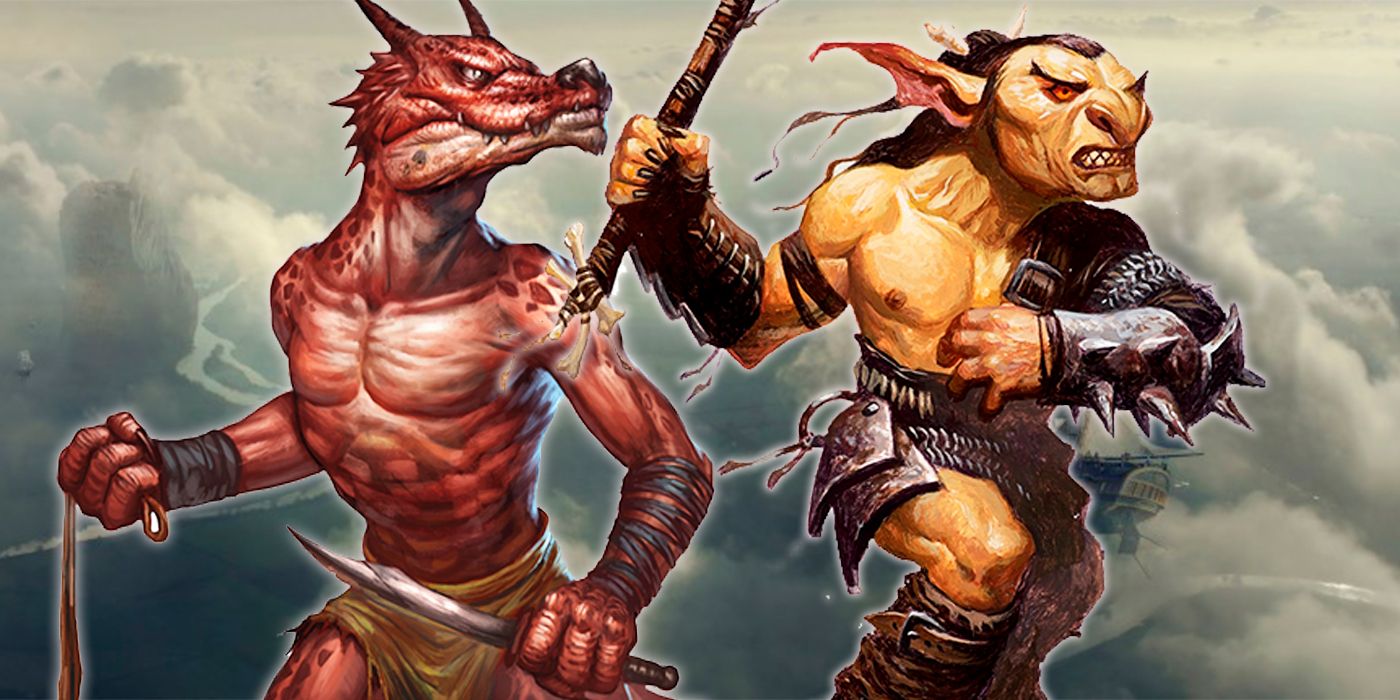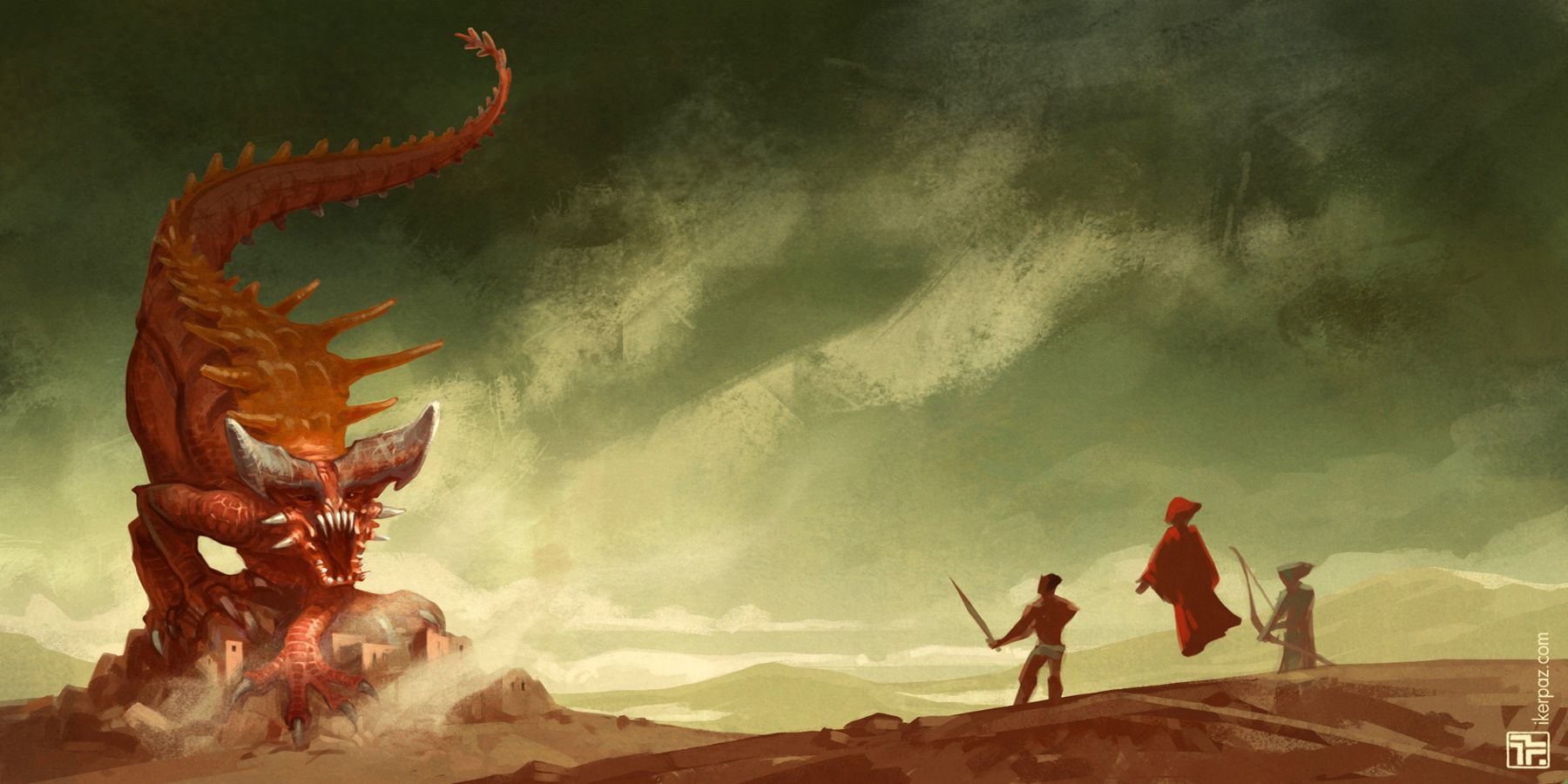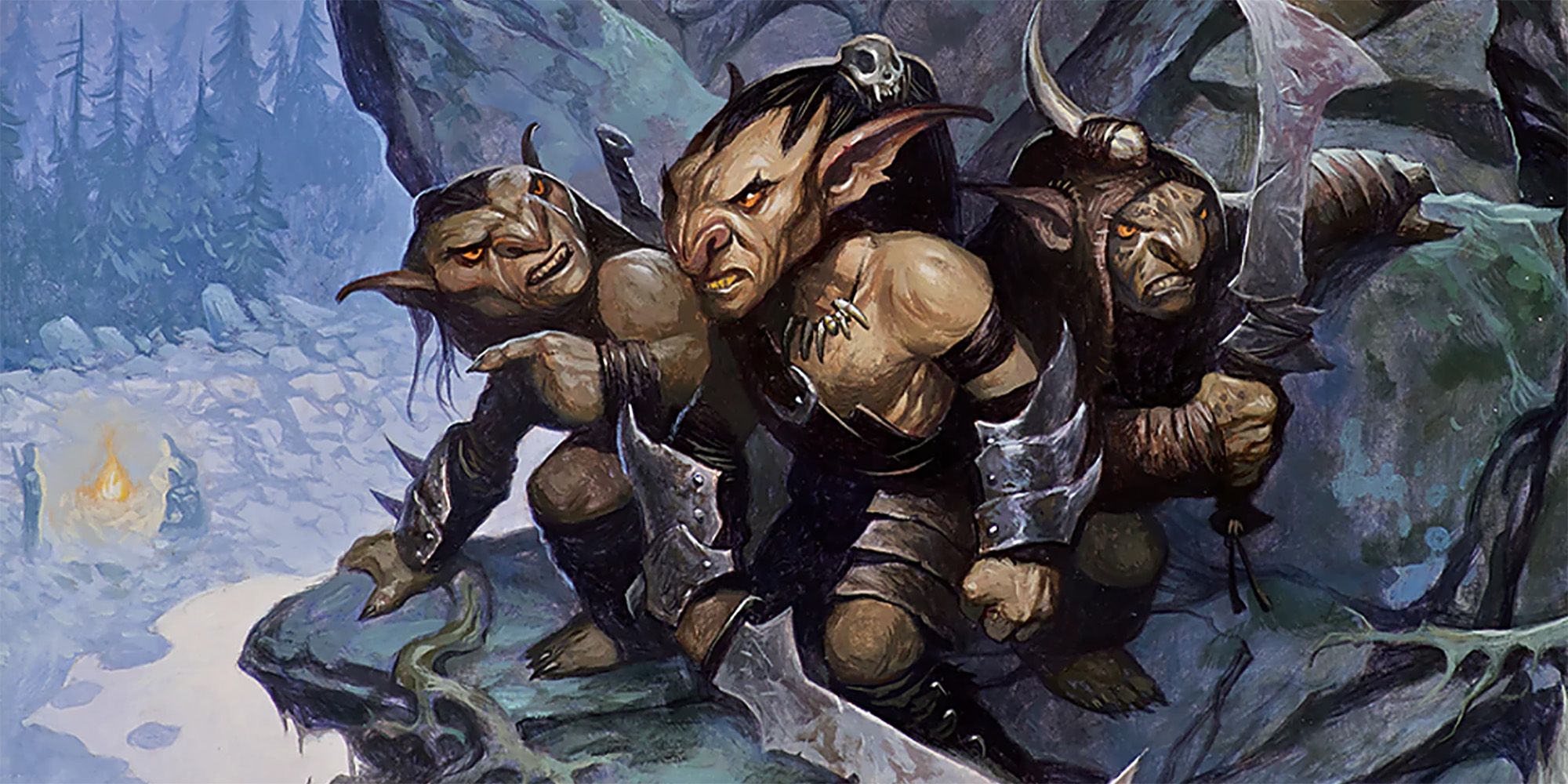Many new Dungeon Masters starting out in Dungeons & Dragons are eager to dip into the game's deep well of powerful monsters. It's only normal to fantasize about epic battles against dragons and slaying mighty monsters that threaten the kingdom, but there's a lot more to a story than the final fight.
Figuring out how to run smaller enemies is deceptively challenging. Learning to do so well is not only a boon to any D&D campaign, but it may be even more important than running the big characters.
The really big monsters may seem more fun, challenging and complicated to run at first. Most players looking for a typical Dungeons & Dragons experience is going to expect to fight a dragon at some point, and they make for great boss battles across a variety of levels. From a little Young Red Dragon to an Adult Red Dragon to an Ancient Red Dragon there are ever-mightier beasts to challenge the party with.
Dragons have devastating breath attacks, a frightful presence that can scatter the party and even come with Legendary and Lair Actions that turn the air and the ground around the heroes fighting it into its weapon. Since there is a lot there, newer DMs may think that merits their time and attention. Figuring out how Legendary and Lair Actions work, for instance, is no easy task, and there's an understandable amount of anxiety around forgetting the numerous details listed on a stat sheet.
Even the monster with the highest challenge rating, the Tarrasque, has a dizzying array of immunities and resistances to keep track of. Throw in a high-level spellcaster like Graz'zt, a shape-changing demon with a variety of powerful spells, and it can seem overwhelming. These are all immensely fun monsters and bosses to use for climactic battles and would make for memorable game -- but most of the game isn't a climax.
Instead, new DMs should hone their skills using the smaller monsters that the party is likelier to face throughout the campaign. Goblins, Hobgoblins and Bugbears are the most iconic examples, and they're deceptively tricky to run. A goblin seems simple because it has a sword attack, a bow attack and its only special ability is Nimble Escape, which allows it to Disengage or Hide as a Bonus Action.
However, Nimble Escape is actually integral to fundamental rules newer DMs tend to struggle with like attacks of opportunity, stealth rolls and gaining advantage on attacks. If coordinated effectively, a small group of goblins can take out even fifth level players who have experience fighting them since day one.
The Hobgoblin's Martial Advantage and the Bugbear's Surprise Attack are also simple but potentially devastating. Martial Advantage adds 2d6 to damage while alongside an ally, and a Bugbear gets 2d6 on any Surprise Attack they land -- an attack that by nature already has advantage. These attacks may not be as iconic as a dragon's breath, but they can be more mechanically challenging to figure out. Mastering them will teach players an important lesson: creativity combined with a solid understanding of the rules reigns supreme in Dungeons & Dragons.
For those concerned about relying on overused monsters, there are plenty of low-level options to choose from. For example, Grabstabs are like higher level Goblins with an extra ability to redirect attacks into their allies, and a Hobgoblin Iron Shadow adds in low-level spellcasting with tricks like Silent Image, Disguise Self and Charm Person that can really come alive with the theater of the mind that makes D&D special.
As players progress through the game, those are the types of monsters that will become cannon fodder to them. Still, they will remain just as important to an effective story. The more powerful the characters get, the more players want to feel powerful. Demolishing the enemies who used to really challenge them early on can give them that thrilling sense of power, but the effect is lost if the goblins were never threatening opponents to begin with.



